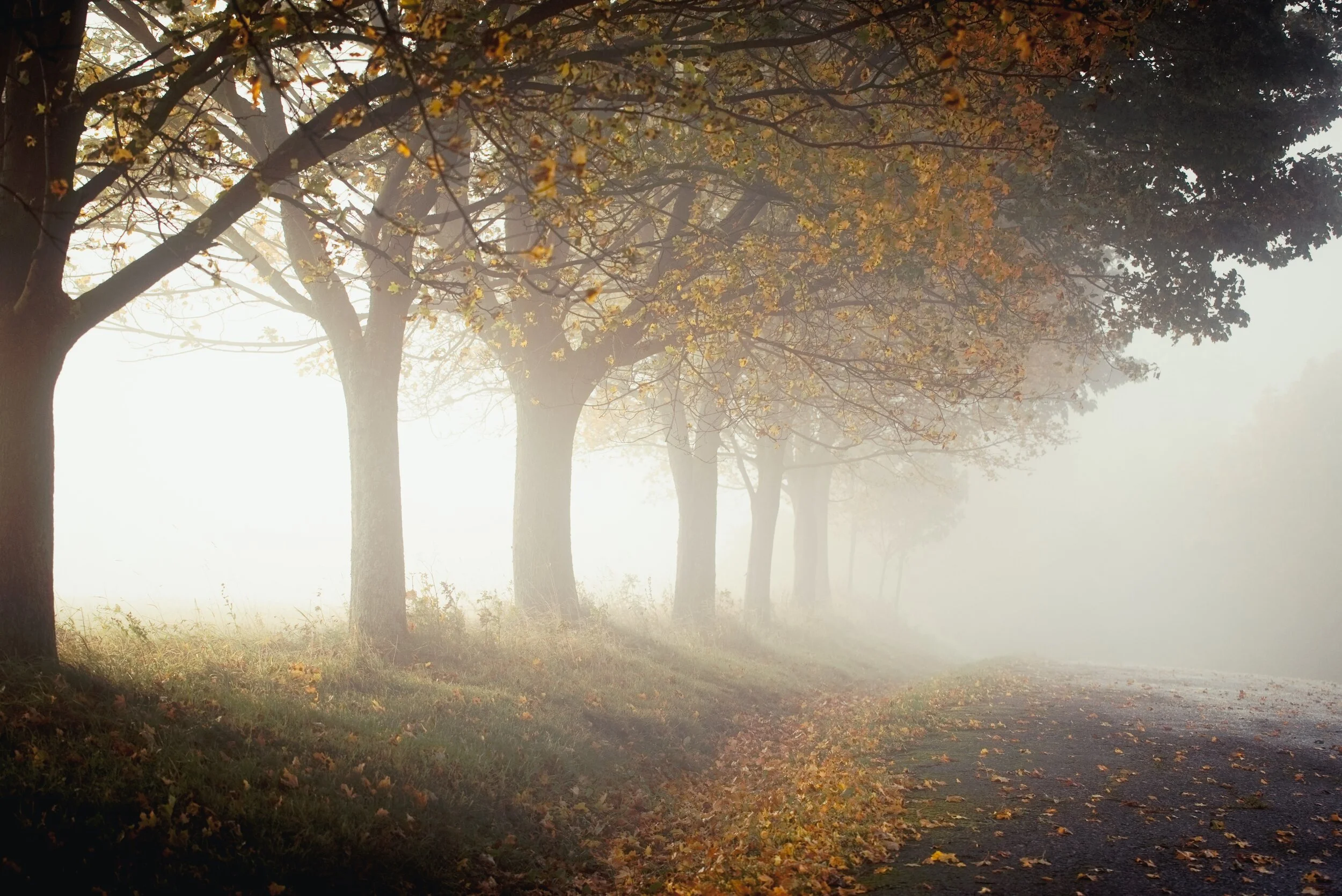Wouldn’t it be great if we all could create a fully ecological and circular lifestyle? This might seem like an impossible or expensive goal - but the truth is that there are many easy and affordable options to become more green! The key-word here is: “Permaculture”.
What is Permaculture?
“Systems for growing crops, plants, etc. that cause little damage to the environment and can therefore continue for a long time. Permaculture aims to develop a landscape that will be self-sustaining and productive for generations.”
- Cambridge Dictionary
Permaculture is all about using agricultural techniques to create self-sustaining gardens, but it is not limited to mere gardens. Also, urban settings with balconies or no outdoor space at all can get into permaculture. After all, the ultimate goal of permaculture is to appreciate what the earth is giving us, supporting biodiversity where we can, and living circularly.
Say, you purchase a bag of tomatoes. You can eat the tomato’s pulp but save its seeds to plant them and grow your own tomato plant. Whether this is planted in your garden or in a pot on your windowsill, both work! Then, you can water your plant with recycled water you saved from draining your pasta the evening before and fertilize the plant with used coffee grounds. Before you know it, you can eat your very own tomatoes! See the key point? It is about reusing every fiber and material you have to waste as little as you can and help create & sustain something else!
Of course, there is much more to learn about Permaculture! If you are interested, check out our talk with Permaculture expert Iris, who joined us for a talk about using the principles of permaculture to change our future into something good.
Get the Basics Down
Permaculture is such a big theme. It involves our surroundings, what we eat, and how we live. So you might feel a little bit overwhelmed about where to start. Therefore, we listed a few basics to bear in mind when you first start to explore your green roots and goals.
Awareness
If there’s one thing that is important in Permaculture - it is becoming aware of nature. It is a mindset, in which you realize we can’t and shouldn’t want to control nature all the time. Nature consists of natural cycles to create and maintain balance. Human interference can disrupt this cycle, which could lead to disastrous effects in the end. If you start to become more aware of your surroundings and the way you consume and waste - you’re halfway there.
Creativity
It’s not all about agriculture and environmental science! A lot of it also has to do with taking a creative perspective on things. What can you do with the things you were about to throw away - can it serve another purpose? Whether it is recycling it into another useful item, or using your waste as a fertilizer for your garden: you have to start getting creative with the sources you have. This is a challenge, but also very fun!
Observe
Take it all in, let nature have its way once a while, and just see what happens. Observe what is happening in your garden or the tree outside your apartment. What species are the birds or insects that you see in that tree? Research them online and learn what these animals are contributing to nature, and perhaps you’ll find out why that specific tree or spot in your garden was so attractive for them in the first place.
4 Easy Permaculture-techniques to get started with
1. Herbal windowsills
There is nothing more delicious than cooking with fresh herbs and spices. Even if you don’t have a lot of space at home, you can still grow your own tiny herbal garden by using hanging planters. They are especially well-positioned in the windowsill of your kitchen, and can grow here all-year-round!
2. Grow your own mushrooms
All you need are some mushroom spawn, straw, used coffee grounds, a plastic, see-through bag and a dark spot in your home. Check out this interesting tutorial below, and get started on growing your own favorite mushrooms. It is a great way to save money and cook up something deliciously homegrown!
3. Create your own compost/fertilizer
Food scraps make a great source to produce compost with. Kitchen waste such as fruits and vegetables, tea bags, and eggshells can be turned into compost. Especially if you add garden waste, such as dead/dried leaves your compost will work out nicely. Do bear in mind, that you can’t compost everything. For example, dairy products, meat, and fish are not compostable. Tip: it can take weeks until your compost is ready - so be patient!
4. Set up your edible balcony / garden
Now, it is still January, which means it is too early in the season to sow your seeds outside. The best time to start sowing outside is mid Spring when the soil is warm and moist. However, you can already start sewing your seeds inside, so they are ready to be repotted or transferred to your garden when they are the right size. Here is what you’ll need to do:
Purchase your seeds on time. We suggest getting your hands on your seeds around the end of February, so you can start planting them in March. Some seeds can take up to 2 weeks to sprout, and then they still need to grow taller before you can transfer them.
Invest in turfpot trays. They are recyclable, and can store many different plants! You can also use tiny pots or spare coffee mugs.
Once it’s time to sow in March, fill the trays with soil and compost. Then carefully sprinkle seeds on the soil, and cover it with another layer of soil. Make sure not to press down the soil to hard. Keep the soil moist (never wet!) by spraying the trays or pots with a plant sprayer rather than a watering can.
Place your seeds on a sunny spot in your home. Most windowsills will do just fine!
Wait until they are big enough to be transferred to your garden or balcony pots. Carefully observe what the plant needs and you’ll be ready to harvest your own produce this Summer!






























